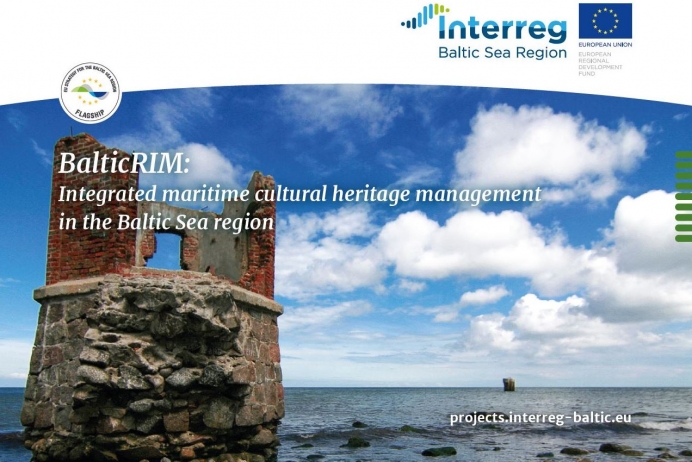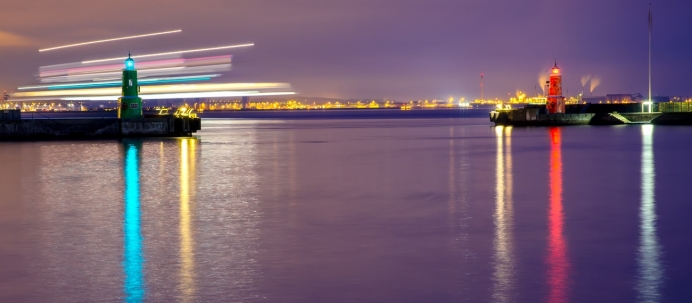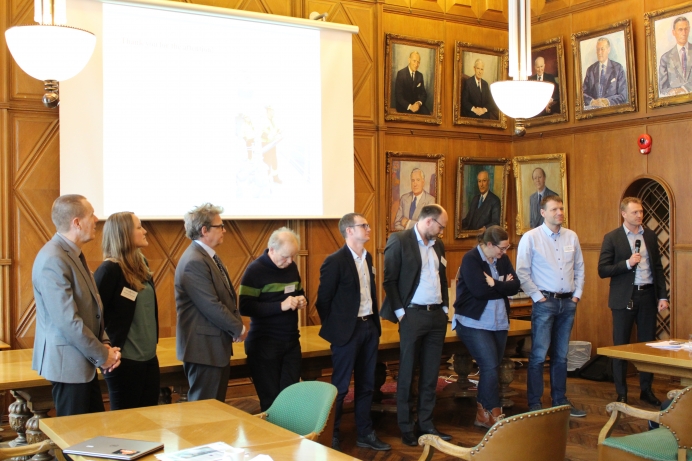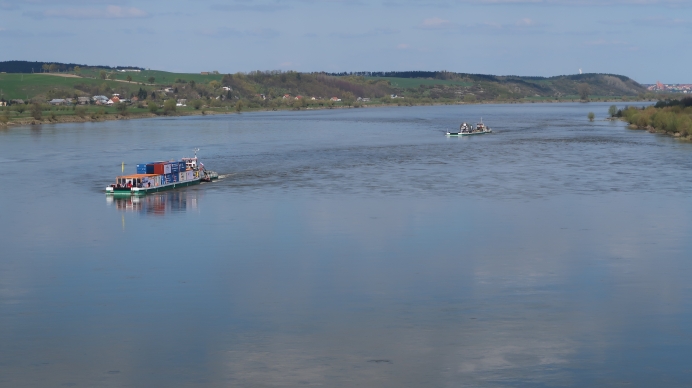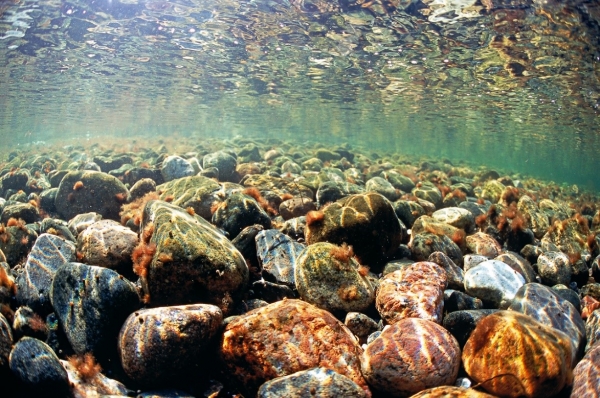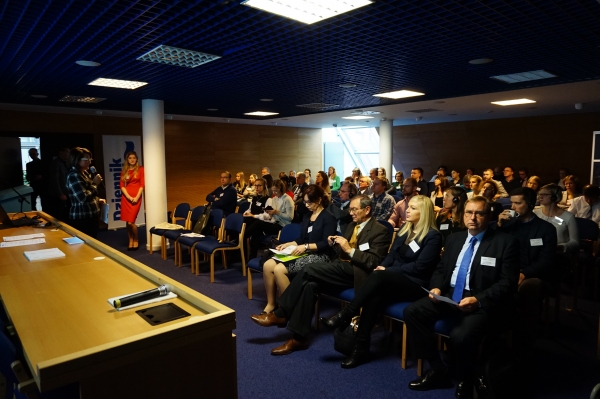Highlights
Monday, 19 March 2018
BalticRIM helping spatial planners see the cultural heritage of the sea
The Interreg project BalticRIM, also a Flagship of the EUSBSR under Policy Area Culture, integrates maritime cultural heritage of the Baltic Sea into maritime spatial plans to safeguard it for the future. Matthias Maluck from the State Archaeological Department of Schleswig-Holstein explains what maritime cultural heritage is and why and how it should be preserved. BalticRIM frames cultural heritage of individual countries in a transnational perspective and thus delivers territorial cohesion. The interview was conducted by the Interreg Baltic Sea Region Programme.
Monday, 12 March 2018
SMART BLUE REGIONS – enhancing blue growth opportunities of the Baltic Sea region
Wednesday, 28 February 2018
EUSBSR Flagship status - what does it mean for a project?
A new Flagship project was approved by the National Coordinators under Horizontal Action Climate. The actions of the EU Strategy for the Baltic Sea Region are implemented by means of Flagships. Flagships demonstrate the progress of the Strategy, and may serve as pilot examples for desired action in a given field. What does the Flagship status mean for the newly approved project?
Friday, 09 February 2018
"Let’s Communicate" seminar on green and safe shipping held in Oslo
Representatives from EUSBSR met with Norwegian maritime actors to show strategic and financial possibilities as well as concrete projects for Norwegian actors that want to become involved in Baltic Sea Region cooperation. The future of shipping, its technologies and competences - were also discussed and presented.
Thursday, 01 February 2018
EUSBSR Flagship EMMA boosts inland navigation in the Baltic Sea Region
EMMA is a Flagship of the EU Strategy for the Baltic Sea Region aiming to enhance freight mobility and logistics by strengthening inland waterway and river-sea transport and by promoting new international shipping services. The container barge pilots in Poland and Sweden are noticeable examples of its outcomes so far.
Wednesday, 17 January 2018
For a litter free Baltic Sea
Thursday, 16 November 2017
Spotlight on Policy Area Nutri: In search of effectiveness - Boosting projects reducing eutrophication & mobilising citizens to protect the sea
EUSBSR Flaghip project NutriTrade mixes activities to implement practical measures and to develop longer-term solutions to combat eutrophication. In particular, its digital crowdfunding platform Nutribute may prove to multiply the impact of the flagship over the time. Nutribute facilitates encountering of Baltic Sea savers and can be used as a fundraising tool for concrete measures to reduce eutrophication. In other words, Nutribute harnesses digital technology to contribute towards cleaning the Baltic Sea and thus contributes to the EUSBSR ‘Save the Sea’ objective.
Friday, 10 November 2017
Business involvement in EUSBSR needed to make a lasting difference
On 8th November 2017, in the Maritime Culture Centre in Gdańsk, Poland, an international seminar entitled “How Can Maritime Business Benefit from the EU Strategy for the Baltic Sea Region?” was held. It was organized as part of “Let’s Communicate!” and “Smart Blue Regions” projects by “Pomorskie in the EU” Association, PA Ship and PA Safe. During the seminar, experts and companies from the maritime industry met to discuss current and potential maritime projects (covering the fields of shipping industry cooperation, logistics, port industry, shipping and occupational safety, biotechnological innovations, etc.)
Monday, 06 November 2017
Five principles for a sustainable bioeconomy
The bioeconomy can deliver many of the solutions that will limit global warming and bring about a fair, prosperous and equal world for all. But to succeed, the bioeconomy must be sustainable. The Nordic Council of Ministers is leading initiatives in the Baltic Sea Region, encouraging industries to develop innovative solutions for a greener future. One example of this is the five principles for a sustainable bioeconomy that will be launched at COP23 in Bonn.




